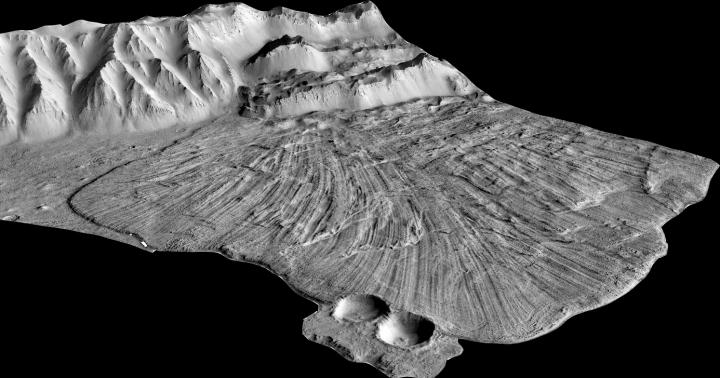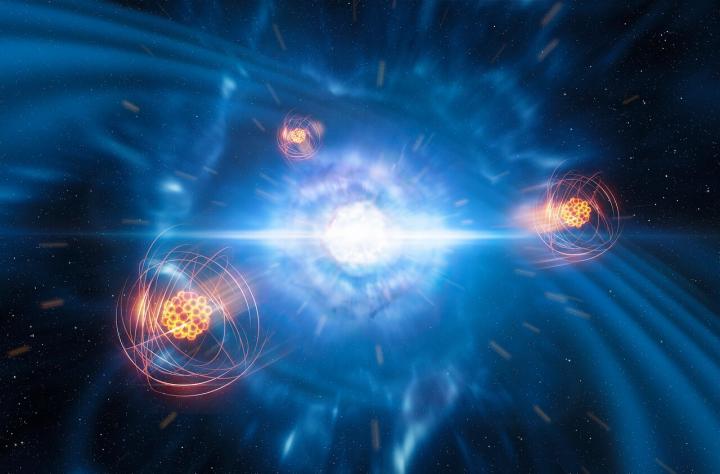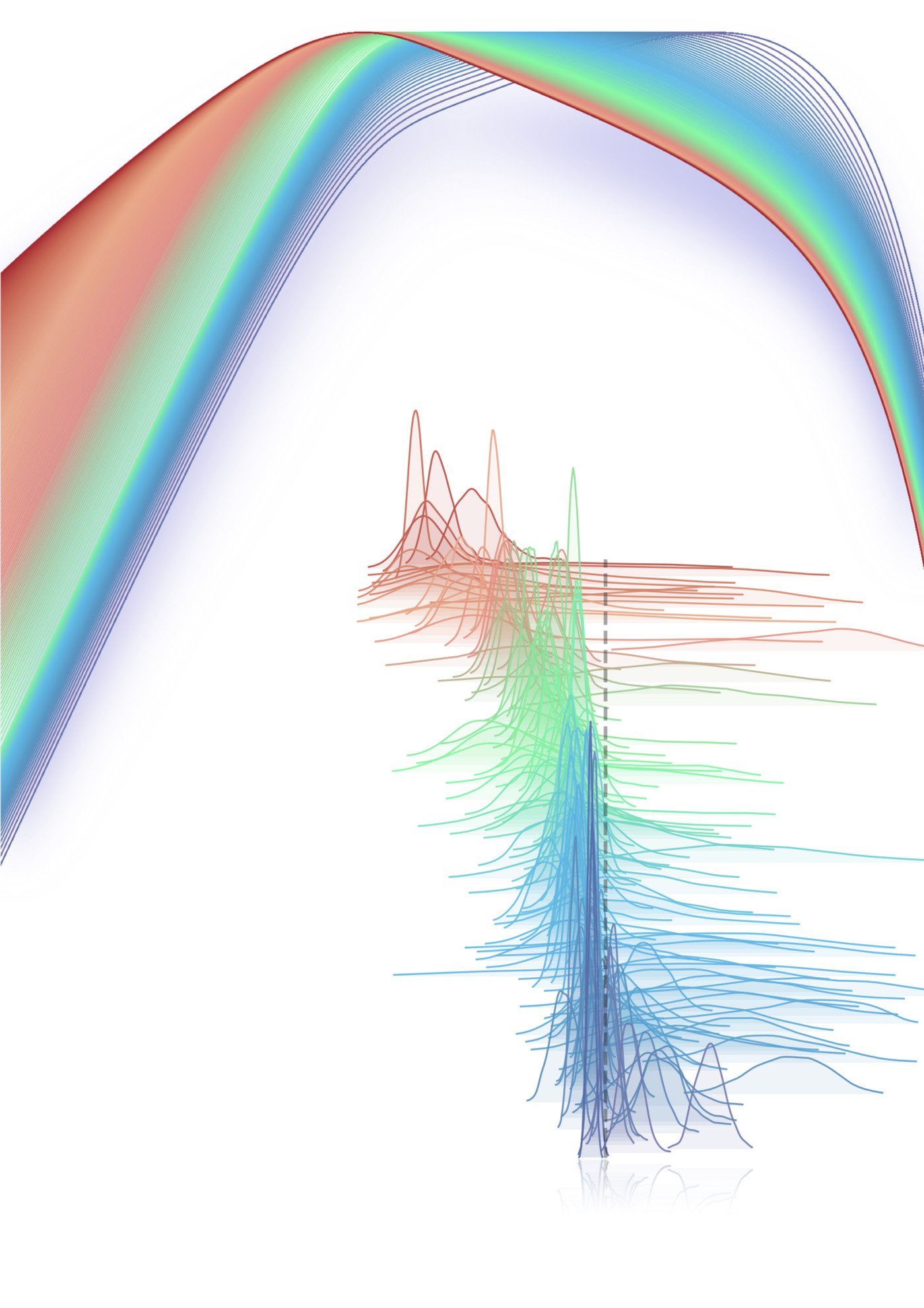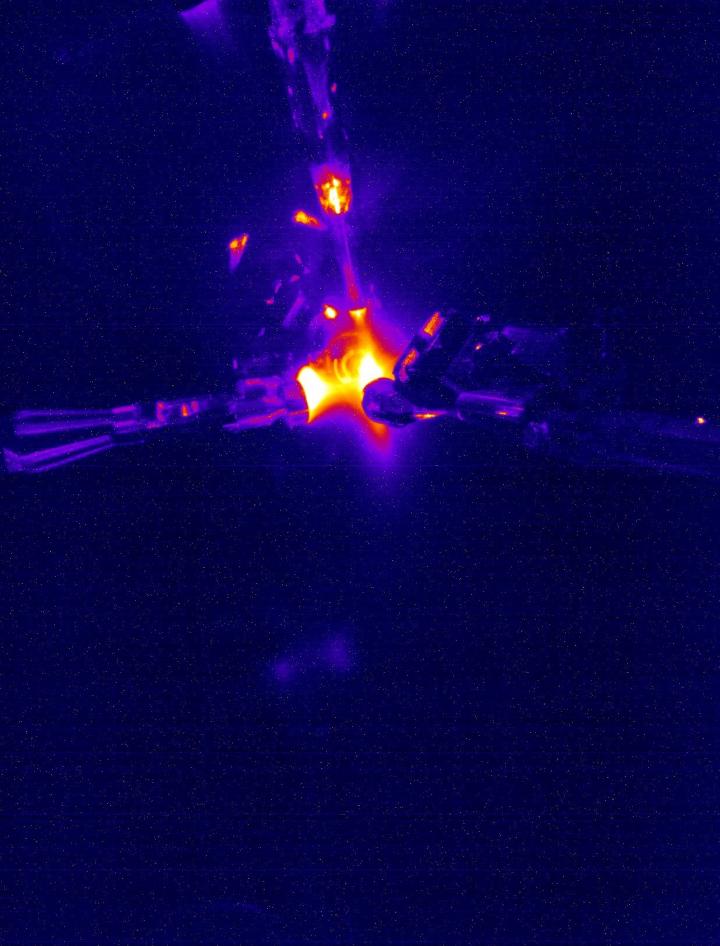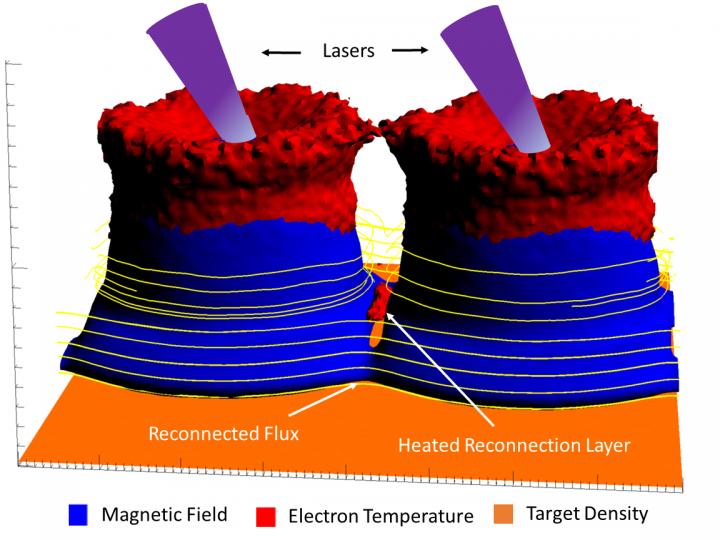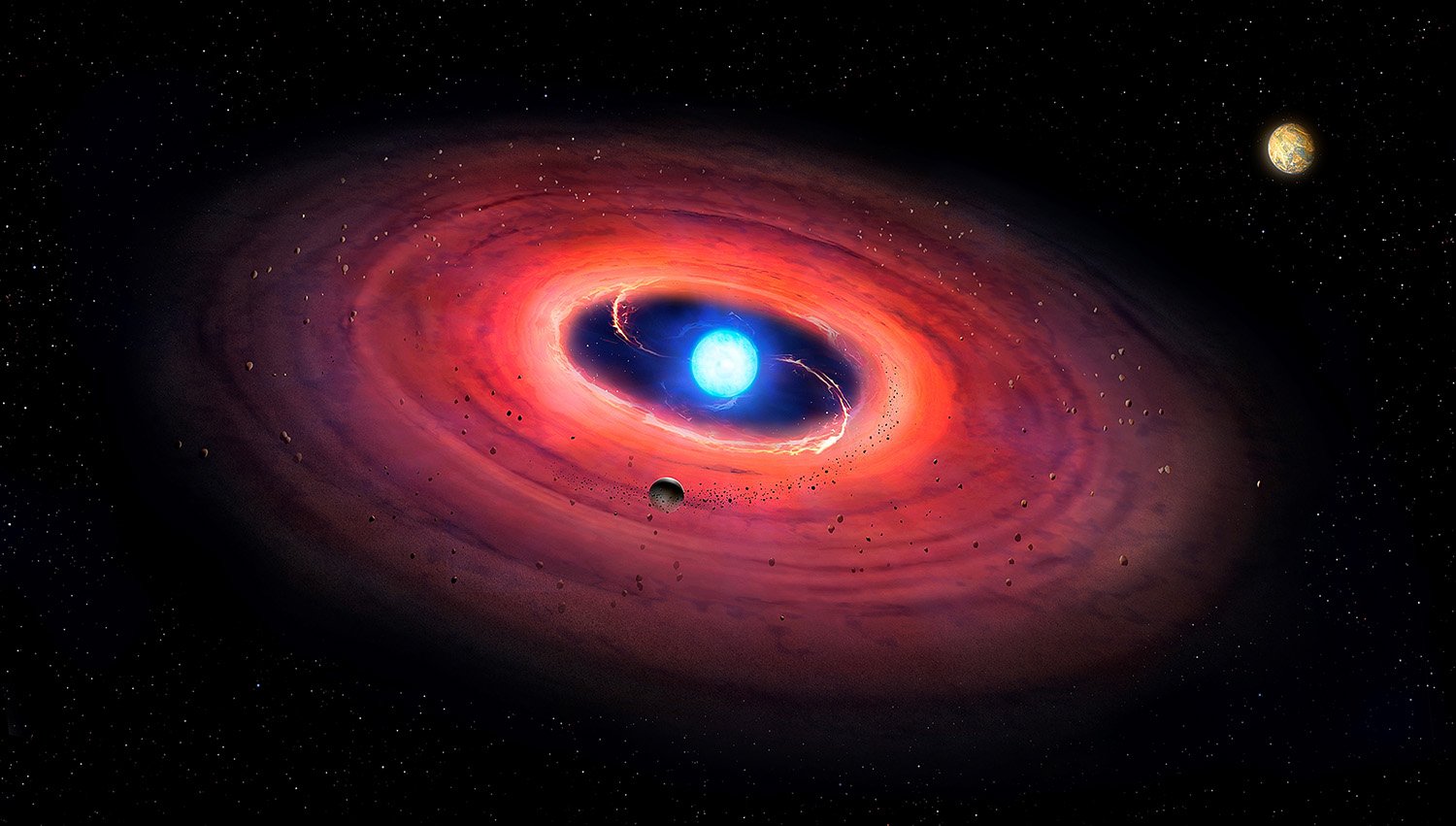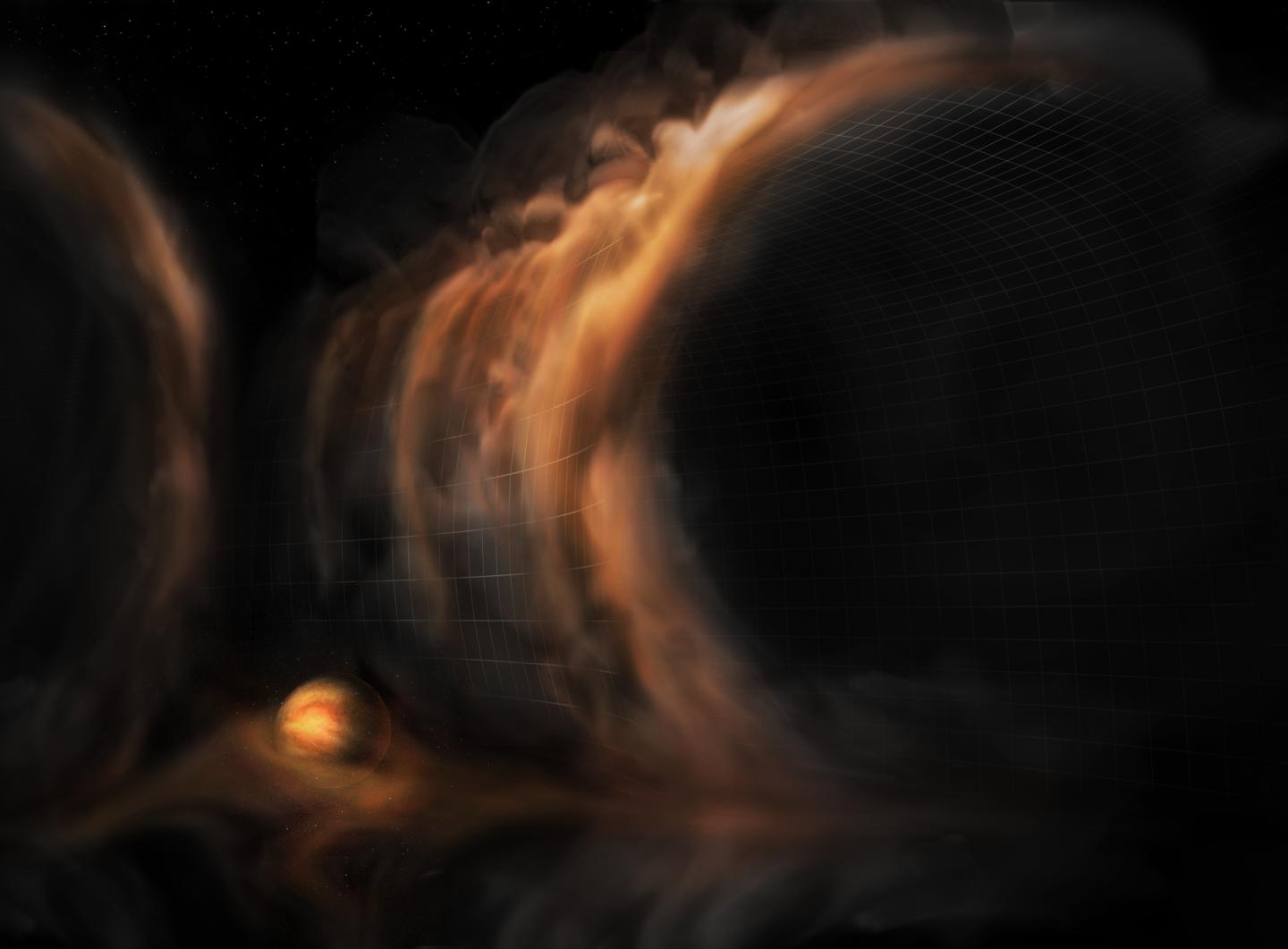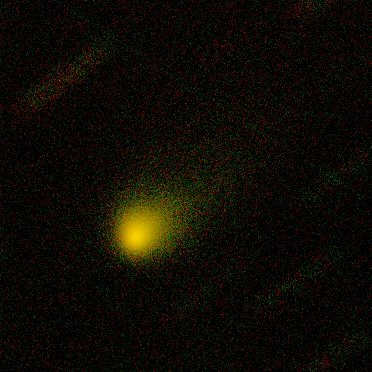Martian landslides not conclusive evidence of ice
Detailed three-dimensional images of an extensive landslide on Mars, which spans an area more than 55 kilometres wide, have been analysed to understand how the unusually large and long ridges and furrows formed about 400 million years ago. The findings, published today in Nature Communications, show for the first time that the unique structures on Martian … Read more
